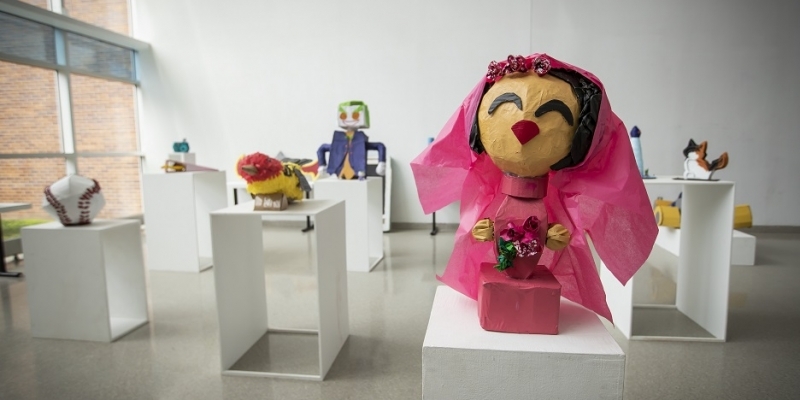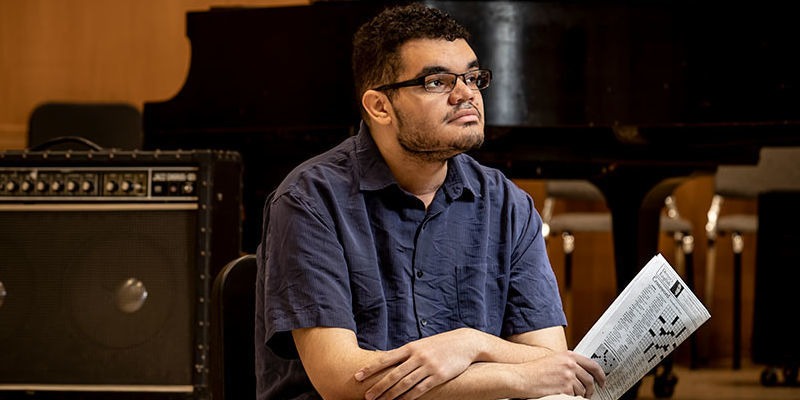Tyler School of Art and Architecture creates giant mobile camera
Tyler Photography and Architecture students and faculty collaborated to build a room-sized pinhole camera and “mobile gallery” to activate public spaces and spark curiosity.
Students and faculty in the Tyler School of Art and Architecture’s Photography and Architecture programs have constructed a giant, movable pinhole camera—also known as a camera obscura—as a tribute to the history of a centuries-old medium and as a public art gallery.
Laurie Beck Peterson, a Philadelphia-based commercial photographer and adjunct faculty member in Tyler’s Photography program, is always looking for spaces to convert into a camera obscura. “It’s a great way to teach students how a camera functions technically before they build their own in class,” she said. “It’s simple but it’s magic.”
A camera obscura takes advantage of a natural optical phenomenon that occurs when a scene is projected through a small hole in a light-proof box as an inverted, reversed image on an opposite surface. But Tyler’s “box”—at 7 feet tall, 5 feet wide and 9 feet long—is more of a spacious room on wheels that participants actually enter to make photographs, which are then processed by students in Tyler’s Fine Art Photography Club.
Stephen Anderson, assistant professor of instruction in architecture and co-developer of the large camera, was familiar, in particular, with camera obscura’s history in renaissance gardens, which wasn’t about collecting the image, but the experience. He worked with Architecture students on this extracurricular project’s design and construction, measuring doorways, elevators and ramps so it could capture imaginations anywhere on Temple’s urban campus.


